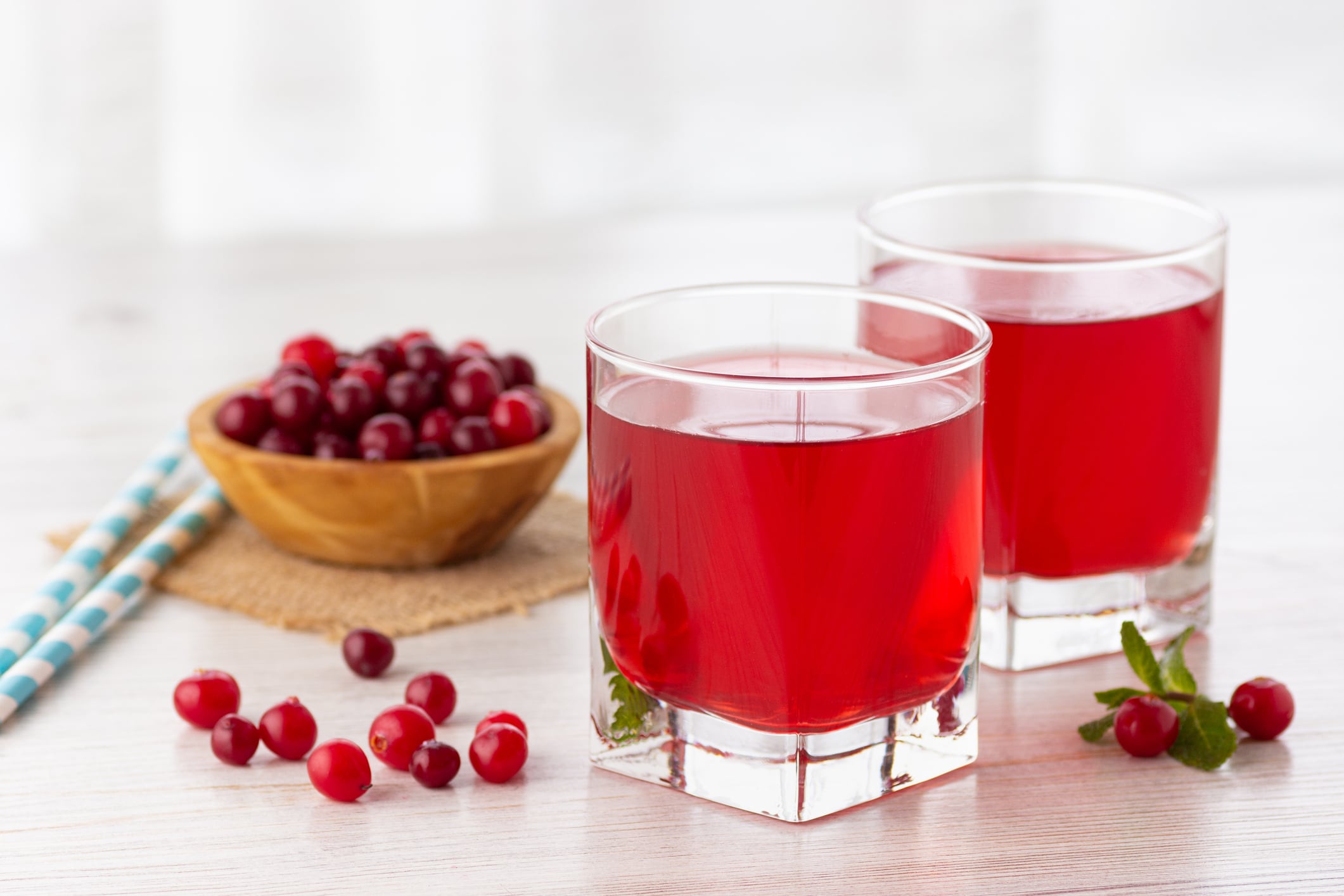Following the confirmation that the anthocyanin-rich berries exhibited anti-obesogenic effects in the sample, the anthocyanin-rich, low-fibre berry juice treatment exhibited the greatest oxygen-consumption rate, when compared with the high-anthocyanin, high-fibre whole berries.
However, in the fed state, the high-fibre, low-anthocyanin gelatin resulted in the greatest rates of cellular respiration.
“In conclusion, these results confirm the influence of berry treatments on bioenergetics in humans. The effects appear to be different for different berry components, and effects differ between the fasted and fed state,” the USA-based researchers stress.
Mitochondria and obesity
Obesity is a widespread and vast epidemic of the modern world, ever-growing in prevalence with our highly obesogenic environment. It is understood that obesity involves alterations in mitochondrial function and number within many tissues throughout the body, influencing metabolic health and energy balance.
There has been strong evidence to suggest the anti-obesity effects of berries or anthocyanin-rich treatments in vitro and in vivo rat models, whilst recent human trials have mirrored these findings. A reported lower respiratory ratio and increased fat oxidation has allowed for the hypothesis that these findings result from alterations in the mitochondria, due to its vital role within cellular respiration.
Previous studies have demonstrated cellular respiration within peripheral blood mononuclear cells (PBMCs) to model disease states on energetics and the efficacy of possible interventions. Such respiratory rates have been positively associated with strength and muscle bioenergetic, as well as inversely associated with inflammation and hypertension.
Therefore, utilising PBMC respiration as a marker of bioenergetics, the researchers aimed to investigate the effects of different anthocyanin-rich berry compounds on fuel use, obesity, and adiposity.
Study
The randomised controlled trial utilised 36 overweight and obese male and female patients from Washington D.C., aged 21 to 75 years old. The trial consisted of four treatment groups administering different treatment foods in addition to a base diet, over eight-days. These foods included: whole mixed berries (high-anthocyanin, high-fibre food); pressed mixed berry juice (high-anthocyanin, low-fibre comparator); fibre-enriched, strawberry-flavoured gelatin (low-anthocyanin, high-fibre comparator); or unenriched strawberry-flavoured gelatin (low-anthocyanin, low-fibre comparator). Fasted blood tests were conducted on the 8th day following treatment. A challenge meal was then given, followed by a further blood test to determine post-prandial blood-based energetics.
Using high-resolution respirometry, it was determined that the low- and high-anthocyanin treatments have opposing effects on cellular respiration. The anthocyanin-rich berry juice demonstrated the greatest increase in respiration rates in the fasted state, whilst the fibre-rich whole berry treatment represented the lowest rates.
Contrastingly, the high-fibre low-anthocyanin gelatin treatment increased oxygen consumption in the fed state to the greatest extent.
Explained
With regards to the superior bioenergetics exhibited following the berry juice treatment, the researchers discuss: “One possible explanation is that the bioavailability of the compounds from the juice was greater than that from berries. Alternatively, the distribution of phenolic compounds in the juice and the whole berries was slightly different, which could have impacted biological activity. Finally, the whole berries contained fibre and other components that were absent from the juice, and those other components may have also impacted the results.”
“The metabolites of the gut microbiota may also have impacts on cellular respiration or mitochondrial function. Berry components can serve as substrates for metabolism by gut microbiota to produce other bioactive compounds. For example, blackberries and strawberries are rich sources of ellagitannins and ellagic acid, which are ultimately metabolized to urolithins by gut microbes. Urolithin A has multiple effects leading to enhanced mitochondrial function,” they add.
In addition, the report suggests that the observed increased oxygen consumption following the high-fibre treatment in the fed state may be due to an higher concentration of circulating short chain fatty acids (SCFAs), which function as an energy source and reducing agent in the electron transport chain.
Source: Nutrients
https://doi.org/10.3390/nu15071709
“Mixed Berry Juice and Cellulose Fiber Have Differential Effects on Peripheral Blood Mononuclear Cell Respiration in Overweight Adults”
by Patrick Solverson, George P. Albaugh, Hawi A. Debelo, Mario G. Ferruzzi, David J. Baer and Janet A. Novotny

